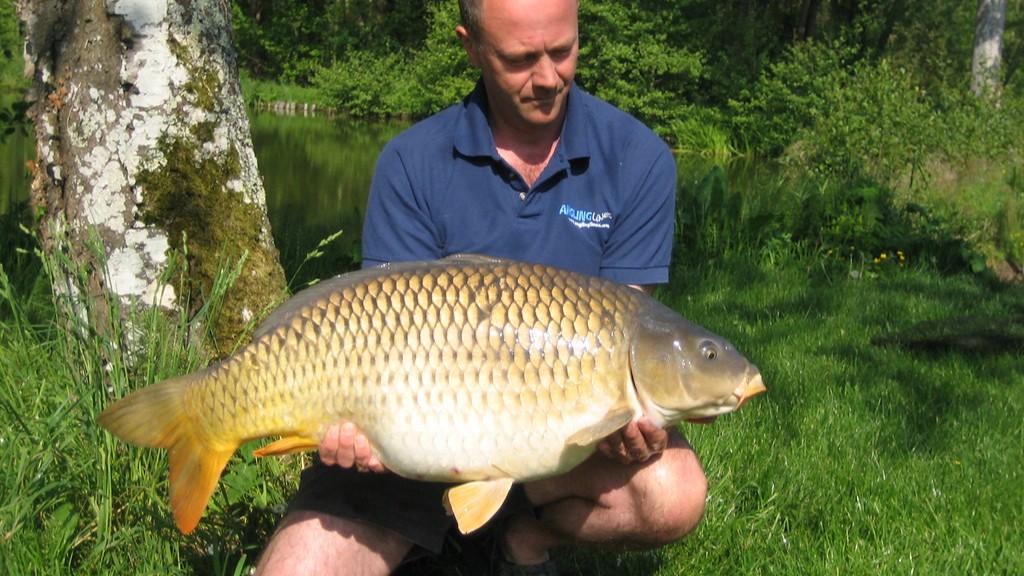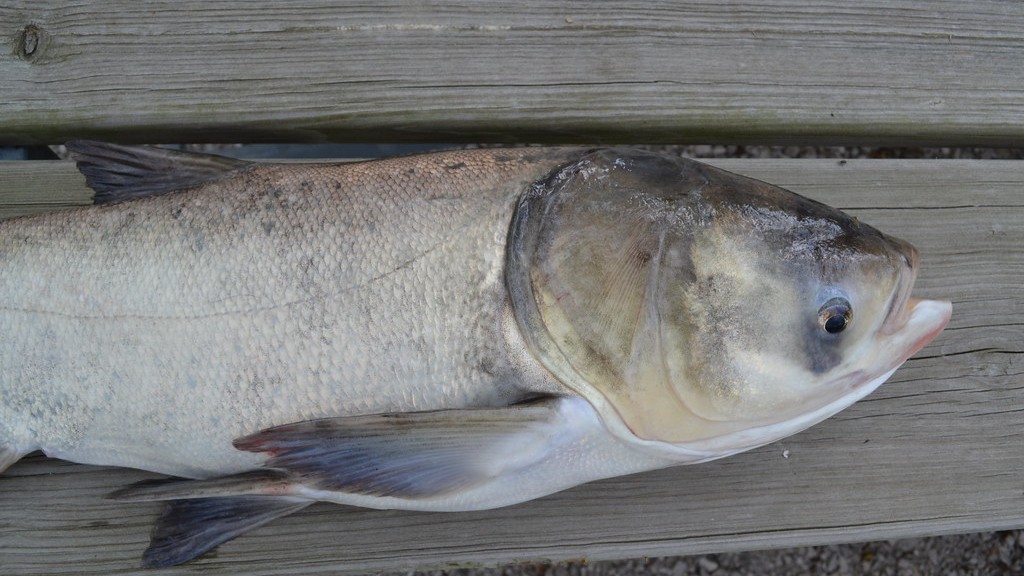A Few Characteristics of the Carp
The carp, scientifically known as Cyprinus carpio, is a common freshwater fish species that belongs to the family Cyprinidae. With a long history of domestication and cultivation, carp have been widely distributed and bred for various purposes such as food, sport, and ornamental displays. Despite its humble origins, the carp possesses several remarkable characteristics that contribute to its success and popularity. In this article, we will explore some of the key features and traits that make the carp unique and suitable for different environments.
1. Versatility in Habitats
One of the outstanding qualities of carp is their ability to adapt to a wide range of habitats. Originally found in slow-flowing rivers and ponds across Europe and Asia, carp have been successfully introduced to numerous regions worldwide. These resilient creatures can thrive in various conditions, including rivers, lakes, reservoirs, and even man-made ponds. Whether it’s a warm, fertile environment or a colder, less productive one, the carp can adapt to the available resources and sustain its population. This adaptability is attributed to their efficient feeding habits and reproductive strategies.
2. Omnivorous Feeding Behavior
The carp’s diet is perhaps one of its most notable features. Unlike many other fish species that are primarily carnivorous or herbivorous, carp are efficient omnivores. Their feeding behavior allows them to consume a wide variety of food sources, including aquatic plants, insects, crustaceans, mollusks, and small fish. This adaptability in diet provides the carp with an advantage in environments where food availability may fluctuate. They can adjust their feeding preferences according to the abundance and quality of the available resources, aiding their survival and growth in diverse habitats.
3. Strong Sense of Smell
The carp possess a highly developed sense of smell, which plays a crucial role in their foraging and navigation. Their olfactory system is exceptionally efficient, allowing them to detect and locate food sources, scents, and even pheromones released by potential mates. This keen sense of smell enables carp to locate food in murky waters or during low-light conditions, giving them a competitive edge against other competing species. Their reliance on olfaction also makes them responsive to bait, making them a popular target for anglers in recreational fishing.
4. Remarkable Growth Potential
Carp have gained a reputation for their impressive growth potential. With proper nutrition and suitable environmental conditions, carp can grow rapidly, reaching remarkable sizes within a relatively short period. This growth potential has led to the selective breeding of carp for commercial purposes, providing a valuable food source in certain cultures. Additionally, large carp specimens continue to attract attention in sport fishing, captivating anglers who seek the exhilaration of catching these formidable fish. Their ability to grow quickly makes them an intriguing species to study in the context of aquaculture and fisheries management.
5. Longevity and Resilience
Carp have a naturally long lifespan compared to many other freshwater fish species. In favorable conditions, some carp have been known to live for several decades, with records of individuals surpassing the century mark. This longevity is attributed to their efficient physiological processes, strong immune system, and ability to adapt to changing environments. Carp are remarkably resilient creatures, capable of withstanding fluctuations in water quality, temperature, and oxygen levels. Their ability to thrive and persist under different circumstances adds to their popularity and their significance in ecological studies.
6. Intriguing Reproductive Strategies
Carp employ fascinating reproductive strategies that contribute to their successful population expansion. Females are capable of producing large quantities of eggs during spawning events. A single female carp can lay tens or even hundreds of thousands of eggs in a synchronized release, with the intention of enhancing the chances of successful fertilization and offspring survival. Additionally, male carp exhibit unique behaviors during the spawning season, using splashing and vibration-like movements to attract and court potential mates. These reproductive behaviors, coupled with their rapid growth, contribute to the carp’s ability to colonize and populate new habitats efficiently.
7. Aesthetically Appealing Color Variations
While the natural wild-type carp exhibit a plain, olive-brown coloration, selective breeding efforts have given rise to various colorful and attractive variants. Koi carp, for instance, are a popular ornamental variety known for their vibrant hues and striking patterns. These visually captivating variants have become highly sought after in the ornamental fish trade, both for their beauty and symbolic value in different cultures. The inherent ability of the carp to exhibit such diverse color variations serves as a testament to the genetic versatility and adaptability of this species.
Conclusion
The carp, with its versatility, omnivorous feeding behavior, strong sense of smell, growth potential, longevity, intriguing reproductive strategies, and aesthetically appealing color variations, possesses a unique array of characteristics. These features contribute to their wide distribution, commercial significance, and popularity among anglers and ornamental fish enthusiasts. By understanding and appreciating the carp’s remarkable attributes, we can gain insights into the intricate dynamics of freshwater ecosystems and foster responsible management practices for the conservation and utilization of this extraordinary fish species.


